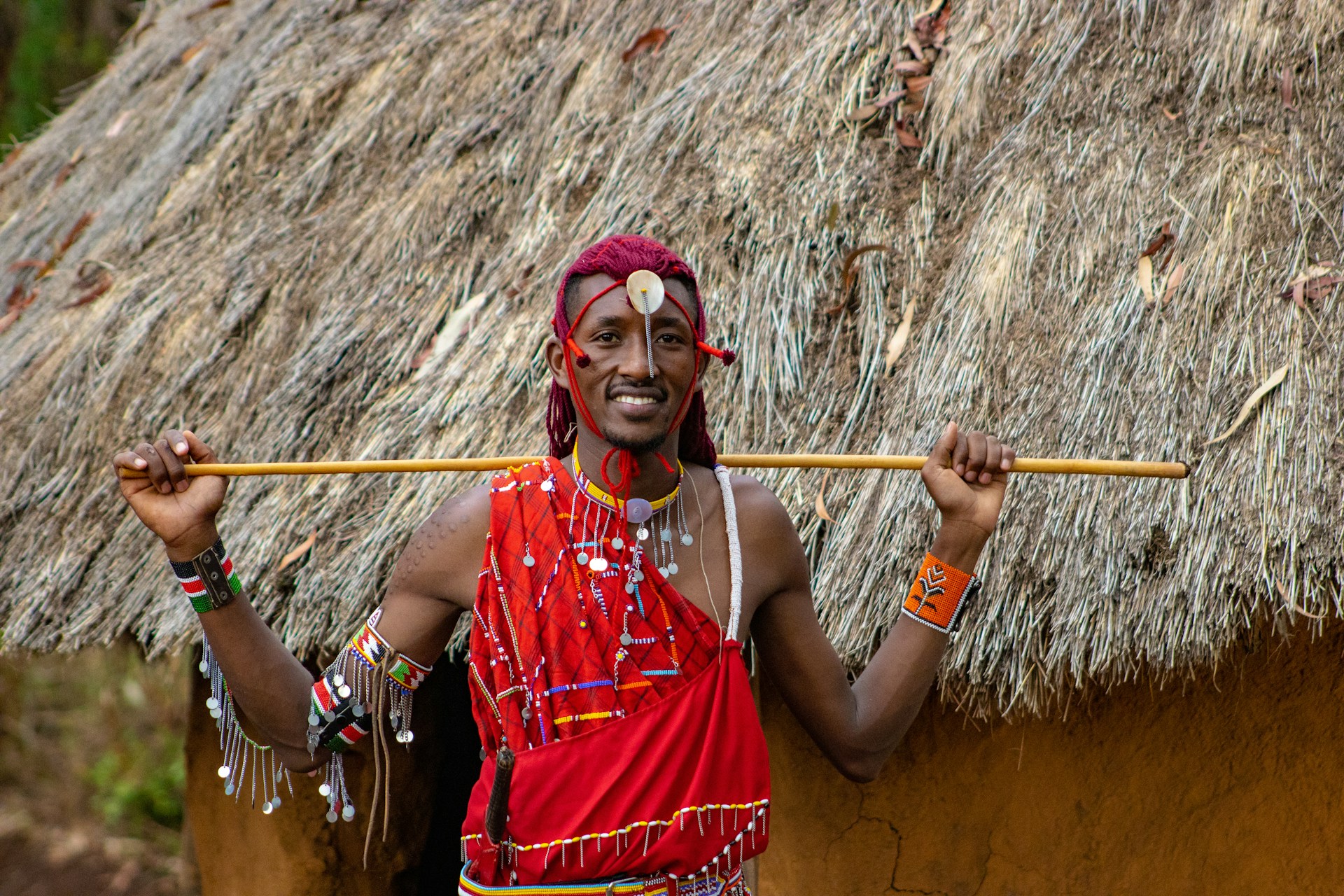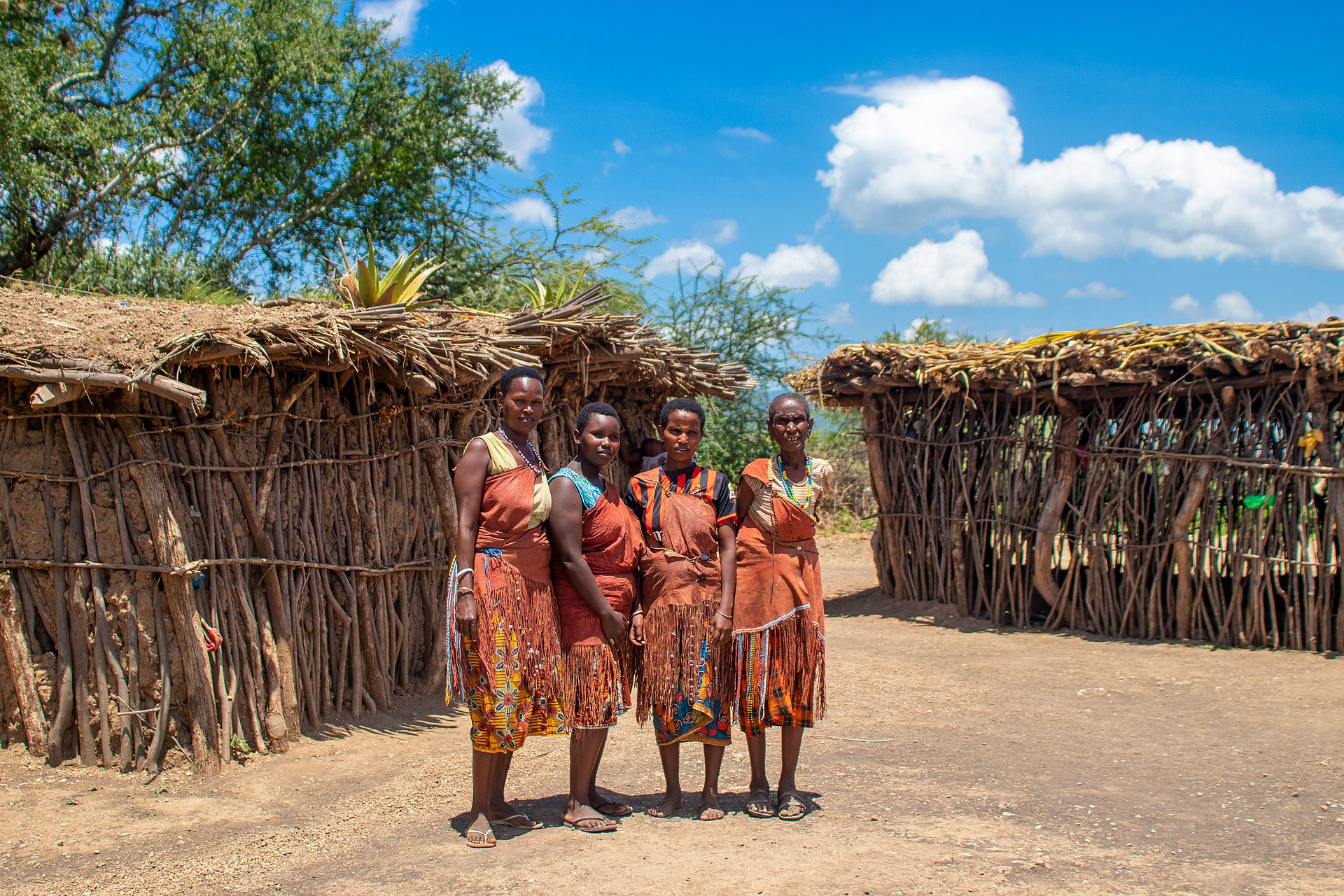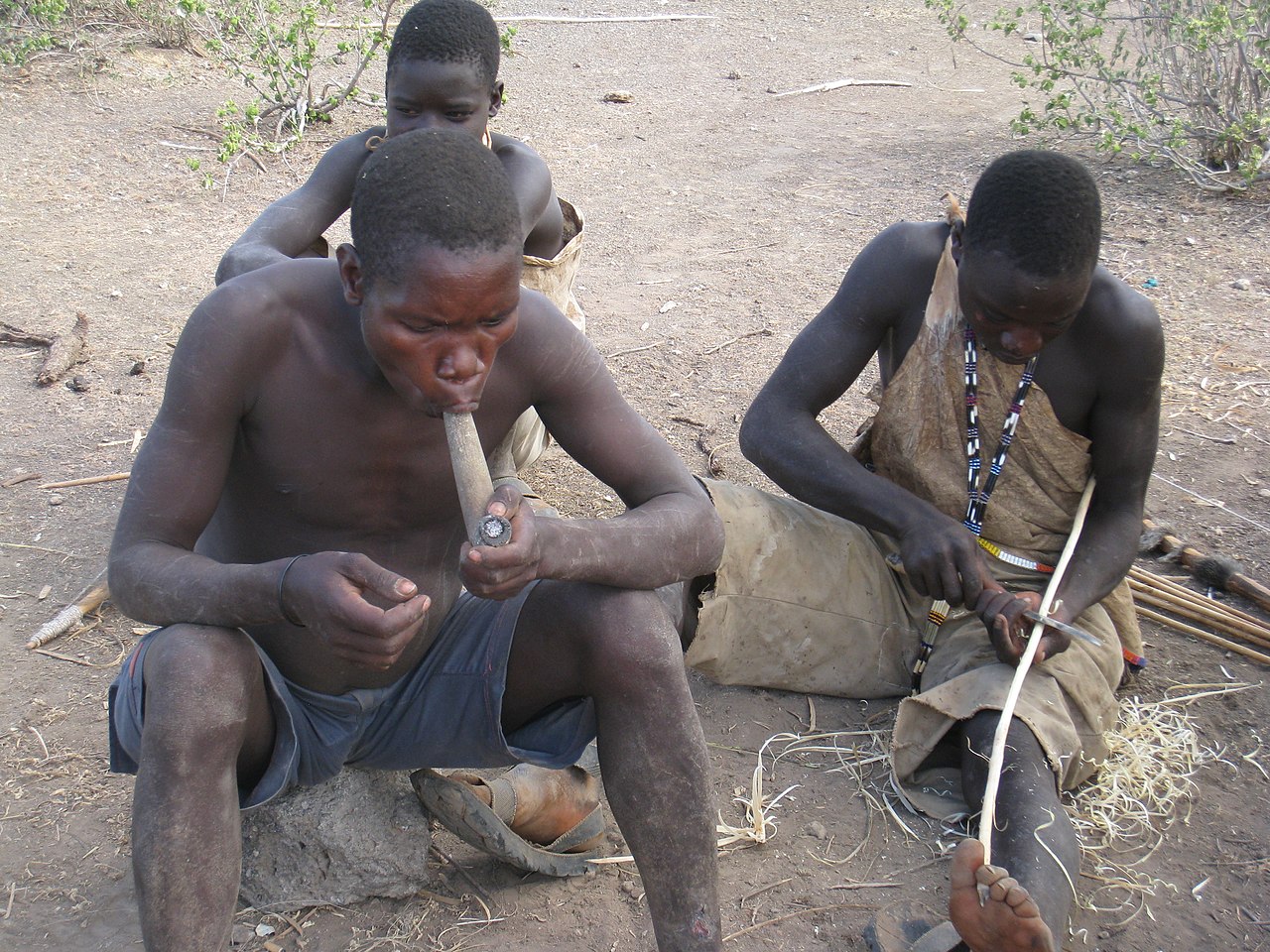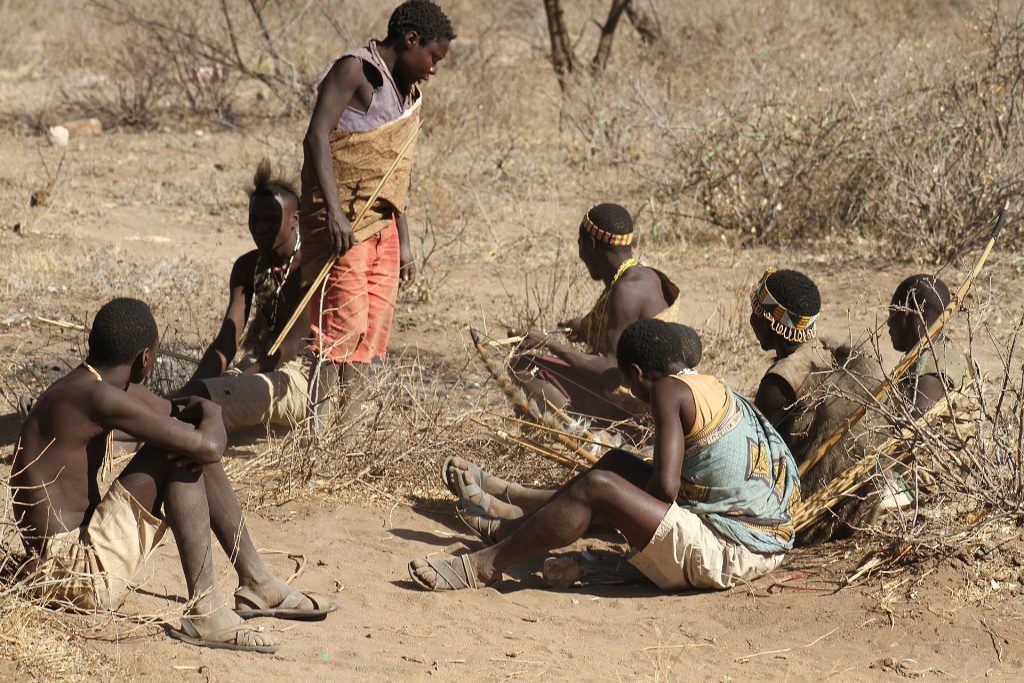Tanzania is home to a rich tapestry of ethnolinguistic groups, each contributing to the country’s diverse cultural landscape. The largest group, the Bantu, encompasses numerous subgroups such as the Sukuma, Nyamwezi, Chagga, and Haya, who primarily inhabit the central and southern regions. Bantu languages, characterized by their common grammatical structures and vocabulary, are spoken by a significant majority across Tanzania.
In the northern and eastern regions, you find the Nilotic peoples, including the Maasai, Samburu, and Datooga, known for their pastoralist traditions and distinct cultural practices. The Nilotic languages, such as Maasai and Datooga, are notable for their complex phonetic structures and oral traditions.



To the southwest, in areas bordering Rwanda and Burundi, live the Cushitic-speaking peoples like the Iraqw and Gorowa. These groups have historically engaged in agriculture and maintain unique cultural identities shaped by their linguistic heritage and interactions with neighboring communities.
In more remote regions like Lake Eyasi and the eastern coast, you may encounter remnants of Khoisan-speaking groups such as the Hadza and Sandawe. These hunter-gatherer societies have traditionally inhabited specific ecological niches, preserving ancient traditions and languages characterized by click consonants unique to the Khoisan family.
These ethnolinguistic groups collectively contribute to Tanzania’s cultural diversity, reflecting centuries of migration, trade, and interaction across the region. Despite their linguistic and cultural differences, many Tanzanians share a strong sense of national identity, fostering unity amidst diversity within this East African nation.

